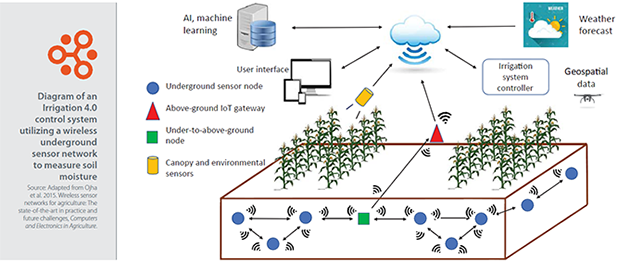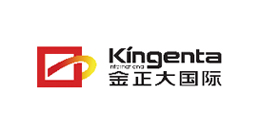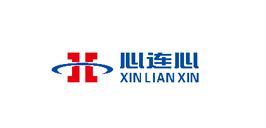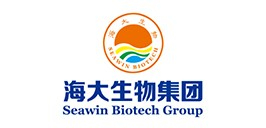The fourth industrial revolution is underway, and it's time for irrigation technology to join the party.
By Jay M. Ham, PhD
Many experts believe we are in the midst of a fourth industrial revolution (known as Industry 4.0), a transformation driven by digital integration and artificial intelligence in manufacturing. The focus of Industry 4.0 is automation and control of cyber-physical systems: namely, optimization of processes using digital networks, big data and AI combined with on-theground machines, sensors and human managers.
A “smart” irrigation system is a perfect cyber-physical test bed, a collection of hardware for delivering water in a spatially precise, timely manner assisted by algorithms that use multiple layers of digital information from sensors, drones, weather stations, soil maps, etc.
The irrigation industry has done a remarkable job developingnew hardware and local control systems for both agricultural and landscape applications. One must only walk the floor at the annual Irrigation Show to view the innovative physical technology at our disposal. While the hardware for irrigation is advanced and mature, digitization of irrigation systems and their management is in its infancy and, I would argue, lagging other industries.
It is becoming almost self-evident that irrigation systems of the future will be controlled by managers that rely heavily on input from AI and machine-learning algorithms. That said, we have some work to do before Irrigation 4.0 becomes a reality. Here are some subject areas that deserve our attention.
Developing Irrigation 4.0 applications today
Low-cost IoT sensor technology
The days of scheduling irrigation by collecting weather data, calculating evapotranspiration and running a simple water balance model (checkbook method) will become a thing of the past. Instead, our fields and landscapes will be populated with low-cost “internet of things” sensors, all feeding live data to the cloud and AI-based control systems.
AI algorithms only work when systems can “learn” how to react to input variables using data collected from field measurements. A new generation of low-cost sensors is being developed to meet this need. For example, at Colorado State University we are working on wireless underground sensor networks (see diagram) for measuring soil moisture at a very granular level. Other IoT sensors will include measurements of plant canopy stress, irrigation system function (flow meters, pump status, etc.), water quality, salinity, etc.

IoT, rural connectivity & edge computing
Irrigation 4.0 hinges on every part of the system being connected to the internet so information can flow between irrigation control systems, sensors, the cloud, user interfaces and, of course, the AI. Telecommunication providers have recognized that industrial IoT is a huge market and are expanding cellular and Wi-Fi coverage, especially in rural areas. For example, the expansion of Narrow Band IoT services, abbreviated as NB-IoT, allows IoT devices in irrigation systems to communicate with minimal cost and power consumption.
Furthermore, the microprocessors inside small IoT devices are becoming so inexpensive and powerful that much of the computing for controlling irrigation can be done inside the devices in the field. This trend, known as “edge computing,” will be a boon for Irrigation 4.0.
Weather forecasting & other geospatial data
Accurate weather forecasts are essential for AI-based Irrigation 4.0. Fortunately, when it comes to precipitation, data from the National Oceanic and Atmospheric Administration shows that a three-day forecast is now about as good as a two-day forecast was around a decade ago and as good as a one-day forecast was around 20 years ago.
Weather forecasts are also benefiting from AI and continue to improve. Likewise, irrigators have long recognized the value of satellite and aerial imagery coupled with other geographic information system data (soil maps, yield maps, etc.), especially for variable rate irrigation. Data from drones provides access to canopy status at even finer scales.
The human element
Irrigation professionals will be essential in developing and testing the new generation of technology for Irrigation 4.0. The algorithms controlling irrigation systems will receive valuable feedback from their human counterparts. Irrigation 4.0 will redefine roles in the irrigation industry, not replace jobs. It’s crucial that we start training professionals so they can become full strategic partners in the coming revolution. One does not need to become a data scientist, but we need to know enough so we can be active participants in teams that build and use Irrigation 4.0 technology.






